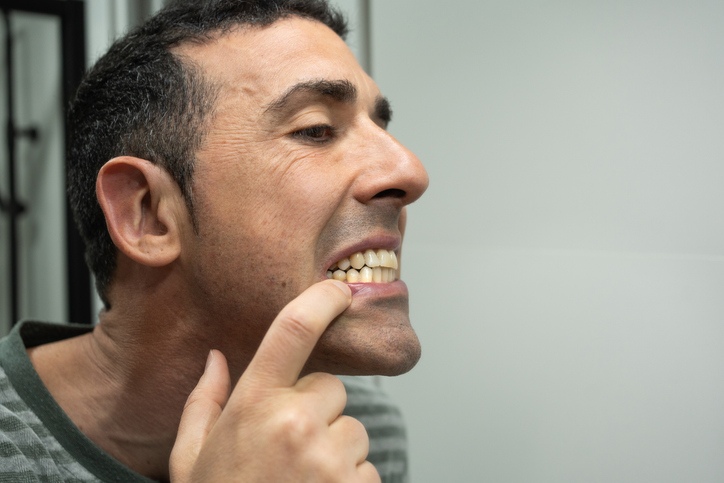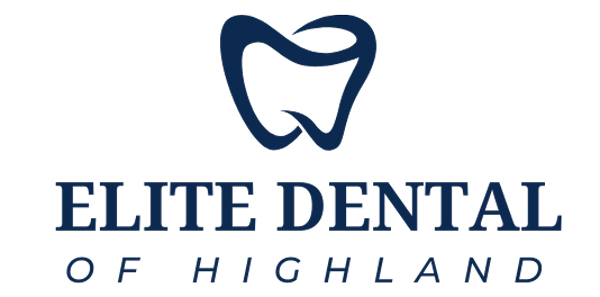What Is Plaque and How to Keep It Under Control Every Day
We all know the feeling of running your tongue over your teeth and noticing a sticky film. While you’ve probably heard of dental plaque, do you really know what it is and what causes it? Understanding the basics of dental plaque and its removal is one of the best ways to look out for your oral health. Learn more about this common dental concern and what you can do to control it.

What Is Dental Plaque?
Dental plaque is a sticky film that forms over your teeth. It’s usually colorless or pale yellow and is made up of bacteria, food particles, and saliva. The bacteria in your mouth thrive on foods containing carbohydrates and sugars, so when you eat a lot of them, these bacteria can start to accumulate on your enamel.
Plaque can start forming just a few hours after brushing, which is why constant oral hygiene is so important. It tends to collect along the gumline, between teeth, and in the pits of the molars, where it’s harder to clean. If you don’t remove plaque regularly, it can harden into tartar and require professional cleaning.
Why Is Plaque Harmful?
While plaque is a natural occurrence, too much of it can cause significant damage to your oral health. Without proper cleaning, plaque buildup can lead to:
- Tooth Decay and Cavities—Plaque can harm the outer layer of your tooth (enamel) and create holes in the teeth over time. If left untreated, these cavities can cause pain, infection, and even tooth loss.
- Gum Disease—Plaque buildup can irritate the gums, leading to swelling, redness, and bleeding. Eventually, gum pain can progress into periodontitis, a severe form of gum disease.
- Tartar—When plaque isn’t removed regularly, it hardens into tartar or calculus. Tartar can lead to more serious problems, and unlike plaque, it can’t be removed by brushing and flossing alone.
Signs You May Have Plaque Buildup
Do you have excessive amounts of plaque collecting on your teeth? Look for these common signs and get in touch with your dentist for help:
- A fuzzy feeling on your teeth
- Red, swollen, or tender gums
- Bleeding when you brush or floss
- Persistent bad breath
- Yellow or brown deposits on your teeth or along the gumline
How to Remove Dental Plaque
Teeth with plaque buildup will only lead to further health issues. The good news? Plaque is manageable with consistent oral hygiene. Here’s how we recommend removing (and avoiding) dental plaque accumulation:
- Brush Twice a Day—Brush your teeth with a soft-bristled toothbrush for at least two minutes twice a day. Make sure to get all surfaces of your teeth with a fluoride toothpaste. An electric toothbrush is best if you have one on hand!
- Floss Daily—Don’t miss the food particles between your teeth and under the gumline. Flossing can reach these hard-to-reach areas and help prevent plaque buildup.
- Rinse With Mouthwash—An antiseptic mouthwash can help reduce the bacteria that cause plaque and gingivitis. Look for a mouthwash approved by the American Dental Association.
- Limit Sugary Foods—Bacteria in your mouth love sugars, so do what you can to minimize them in your diet. Opt for fruits, vegetables, and dairy products instead.
- See Your Dentist—Visit a general dentist regularly for professional cleanings. They can remove plaque, address tartar buildup, and catch the signs of further problems before they worsen.
Myths About Dental Plaque Removal
Myths about dental plaque removal are plentiful. But with something that has the potential to harm your oral health, it’s important to separate fact from fiction. Let’s dispel some common misconceptions about yellow plaque on teeth:
Myth: Brushing Harder Removes More Plaque
This sounds logical, but in fact, brushing too aggressively can damage your tooth enamel and gums. Over time, you might notice gum recession and increased sensitivity. Instead, use a soft-bristled brush and gentle motions to be thorough, not forceful.
Myth: Only Floss If You Have Food Stuck in Your Teeth
Flossing is not just for removing food debris. It’s essential for preventing the film of plaque that can form between your teeth and under your gumline.
Myth: Mouthwash Can Replace Brushing and Flossing
Mouthwash is a supplement, not a substitute, for normal cleaning. While it can help kill bacteria, it won’t physically remove the sticky plaque film from your teeth like brushing and flossing can.
Take Control of Your Oral Health
Managing dental plaque might take a bit of effort, but it doesn’t have to be complicated. At Elite Dental of Highland, we can help you develop an oral hygiene regimen that keeps your teeth clean and free of too much plaque accumulation. Contact us today to set up your first appointment in Highland, IN.
FAQs About Dental Plaque
What’s the difference between plaque and tartar?
Plaque is a soft, sticky film of bacteria constantly forming on your teeth. It can be removed with daily brushing and flossing. Tartar, or calculus, is what happens when plaque is not removed and hardens. It can only be removed by a dental professional.
Can you see plaque on your teeth?
Plaque is often colorless, making it difficult to see. However, you can sometimes use tablets, available at drugstores, which temporarily stain the plaque on your teeth to show you where to improve your brushing and flossing.
Does everyone get plaque?
Yes, everyone develops plaque. It’s a natural process. The key is to manage it effectively through good oral hygiene.
